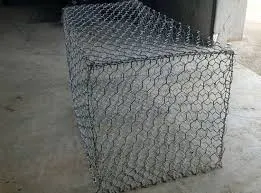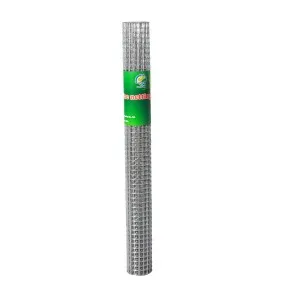...
2025-08-15 05:41
328
...
2025-08-15 05:11
2835
...
2025-08-15 05:07
2425





